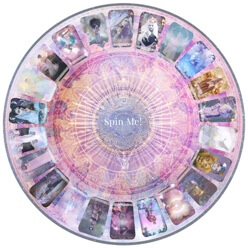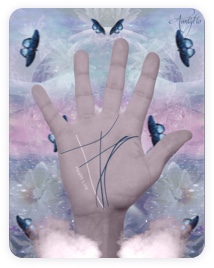Anemone

Uncover Hidden Flowers meanings
Anemone blossom stories are mostly about death – that’s why its blossom is often likened with being forsaken or left behind.
As it was with the death of Adonis, Aphrodite cried and mourned for her love and from her tears sprung these beautiful flowers. Another variation of this story is that the white anemones turned red when Adonis’ blood fell into it.
For the Christian version of the meaning of anemones, it’s a symbol of the blood that Jesus Christ shed on the cross. That’s the reason why you’ll see a bunch of anemones on several paintings of the crucifixion.
Another symbol for these flowers is sincerity (especially the white ones) because of their delicate and earnest appearance.
Superstitions Of Anemone
Depending on the location where the anemones grew, whether it’s from Europe, Egypt, or the Near East, there are superstitions attached to it. For those growing in the Near East, it is believed that these plants carry diseases or a symbol of bad luck. Just like in Europe, people had to hold their breath to protect themselves while passing through a field with Anemone flowers growing in it.
- Name: Anemone
- Color: A flower stem of anemone bears flowers of different colors. Depending on the species of anemone, the Flowers can be white, blue and red.
- Shape: The anemone forms a delicate cup shape.
- Fact: Anemone is just a genus of flowering plants. Under this specific genus, there are about 120 species of anemones. These plants are the woodland plants of choice and they’re also the type of flowering plants that people love most.
- Poisonous: Depending on the variety, for example, the Anemone nemorosa, some species of the anemone has toxic properties that can affect humans.
- Number of Petals: The anemone has two real petals to speak of. Mainly, if you look at the tepals of this type of flower, it can have anywhere from five to eight tepals.
- Victorian Interpretation: Flowers are a form of communication in the Victorian times. One can look at the anemone as a symbol of dying love or departure of loved a one to the “point of no return”. Mainly derived from Greek mythology, it relates to Aphrodite mourning the death of Adonis – the love of her life. Anemones sprung out from her tears.
- Blossom Time: Based on the type of anemone, these flowers can bloom in the spring season, the summer season or even during the fall season.
- But when Anemone plants sprung a flower, it then turned into a symbol of luck as well as protection from evil. In the past, people believed that rain can be predicted based on the tepals of this flower closing at night. People from the olden times also thought that if the petals close at sunset - it closes because there are fairies sleeping inside the flower.
- The Shape: When the anemone blooms just right, it takes the shape of a cup. If it’s completely open, it turns into a “subtle star” – almost ready to drift off even with the slightest touch.
- Petals: Basically, anemone has tepals – and not sepals or petals. Keep in mind that when it’s far too difficult to distinguish the petals from sepals, they’re considered tepals and the anemone has five of them. But in some cases, it can have as much as eight tepals.
- Numerology: The anemone falls under the numerology expression number 4. This represents foundation, enclosure as well as completion. It also relates to being a symbol of earth - the fourth element.
- Color: The most common color for the anemone is white. But there are also yellowish flowers, violet flowers and purple flowers and also the vibrant red anemones.
- Herbalism and Medicine: The poisonous variety of the anemone is the Anemone nemorosa. But even with its poisonous traits, it’s also a flower used for treating menstrual problems like cramps and also emotional distress.
By Florance Saul
Aug 17, 2012







